By Kurt Loft
Notes Editor, Palladium Chamber Series
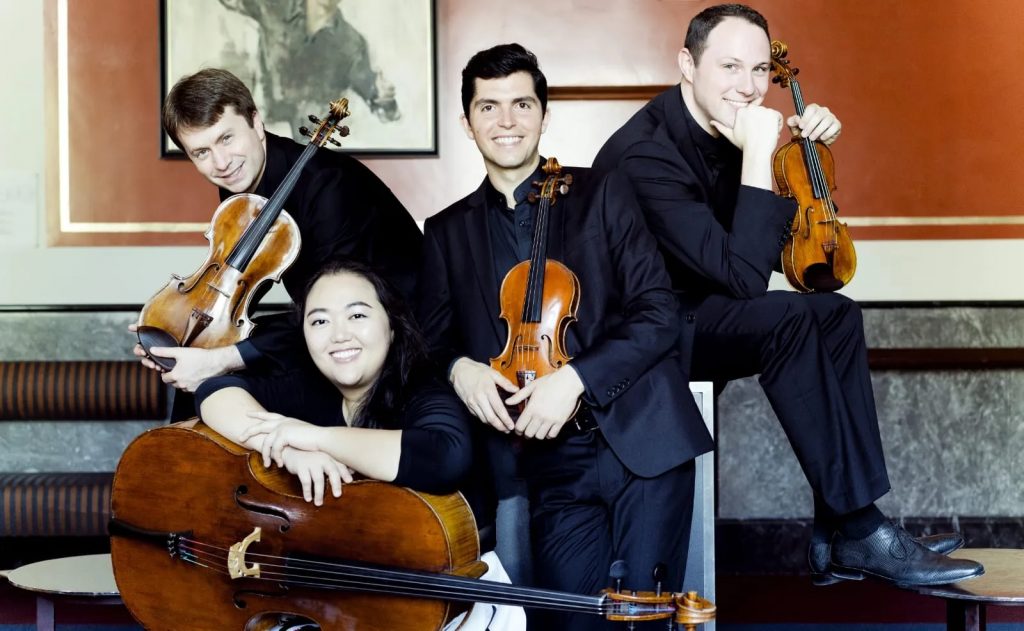
A highlight of the Palladium’s classical music season unfolds Wednesday (March 26) with the Calidore String Quartet, the New York-based ensemble that appeared in an all-Beethoven program here five years ago. The acclaimed group returns with more of the German master – early and late periods – along with a contemporary piece by one of the most sought-after talents of our day.
The night opens with Beethoven’s String Quartet No. 10, known affectionately as the Harp, an ill-fitting name given by Beethoven’s publisher to reflect the plucked arpeggios of the first movement. This music is far removed from the struggle we hear in so many of Beethoven’s works of this time. Gracefully balanced, elegant and amiable, it unfolds as a calm in a surrounding storm. Even the tensions of the opening movement seem poised to give way to a lyricism that makes this the composer’s most relaxed quartet.
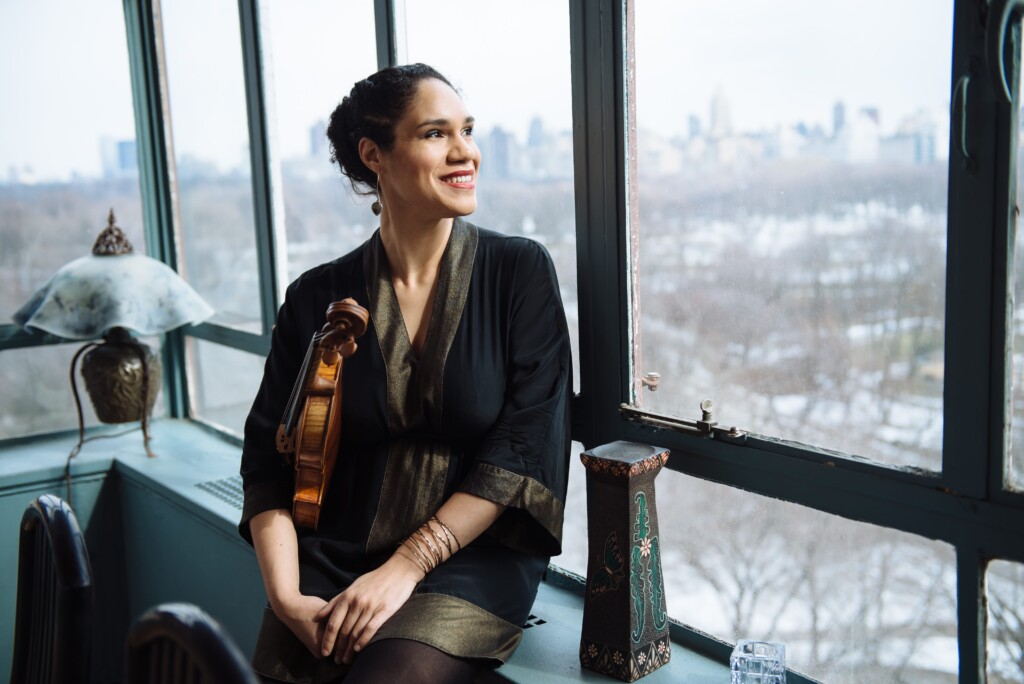
Then comes Strum by Jessie Montgomery, the composer, violinist and activist whose original compositions are branding themselves into the repertoire like a hot iron.
“She’s one of the most important and innovative composers on the scene today and Strum is one of her most beloved works,’’ said Ryan Meehan, violinist with the Calidore group.
A member of the Sphinx Virtuosi – a Detroit-based ensemble made up of African Americans and Latinos – Montgomery creates music triggered by social and racial issues. “Music is my connection to the world,’’ she writes on her website. “It guides me to understand my place in relation to others and challenges me to make clear the things I do not understand. I imagine that music is a meeting place at which all people can converse about their unique differences and common stories.’’
Strum is the result of different versions of a quintet Montgomery wrote in 2006, and then a quartet two years later. It makes use of plucked or strummed rhythmic or harmonic phrases, out of which melodies weave in and out. The Florida Orchestra performed a large-scale adaption of the work in 2020.
“The strumming serves as a texture motive and the primary driving rhythmic underpinning of the piece,’’ she notes. “Drawing on American folk idioms and the spirit of dance and movement, the piece has a kind of narrative that begins with fleeting nostalgia and transforms into ecstatic celebration.’’
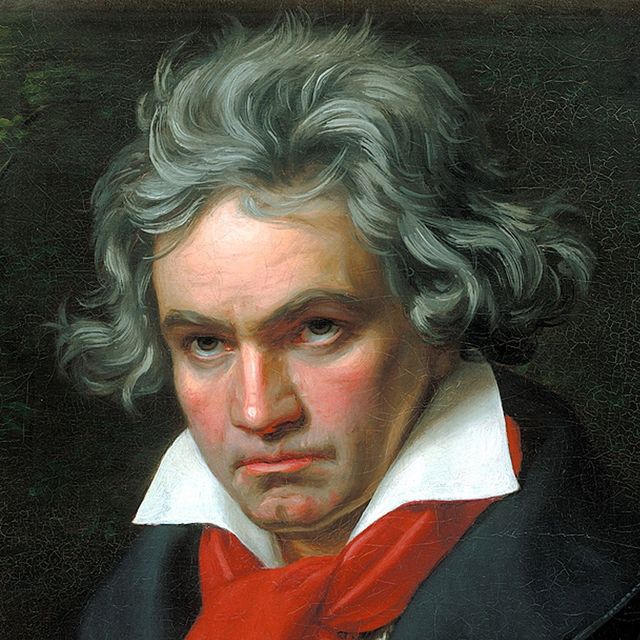
After intermission, the Caladoreans tackle Beethoven’s String Quartet No. 14 in C-sharp minor, Op. 131, a profound, daunting and hypnotic vision from the composer’s final creative period. Rather than looking outward, this music is introspective and appears to be motivated by catharsis or to satisfy a spiritual craving.
The quartet evolves through seven supremely integrated movements that act as a thematic arch, with a running time of about 40 minutes, depending on the performers’ choice of tempo. Each movement is played without pause, creating a feeling of continuity, at the same time allowing performers − and listeners − to concentrate without interruption. Half the movements end with fermatas, so the length of held notes is up to player discretion.
The quartet opens with a feeling of intense sadness, a serious fugue that Richard Wagner described as the “most melancholy sentiment in music.” After a spirited allegro, the third movement makes its brief appearance over 11 measures, a set up for what follows: a sublime theme-and-variations stretching nearly 15 minutes in which Beethoven brilliantly expands and resolves harmonic tensions. Musicians also must navigate through a minefield of tempo changes.
With its rhythmic fury and demonic attacks of bows on strings – offsetting moments of lyricism – the music continues its transformation until the end, taking on an almost orchestral dimension until its abrupt release into silence.
Kurt is a journalist and arts writer who has covered classical music for the Tampa Tribune and other publications for nearly 45 years. In addition to program notes for the Palladium Chamber Players, he contributes similar narratives for The Florida Orchestra, Opera Tampa, Bach Festival of Winter Park, and Seattle Symphony. He is a member of the Music Critics Association of North America.

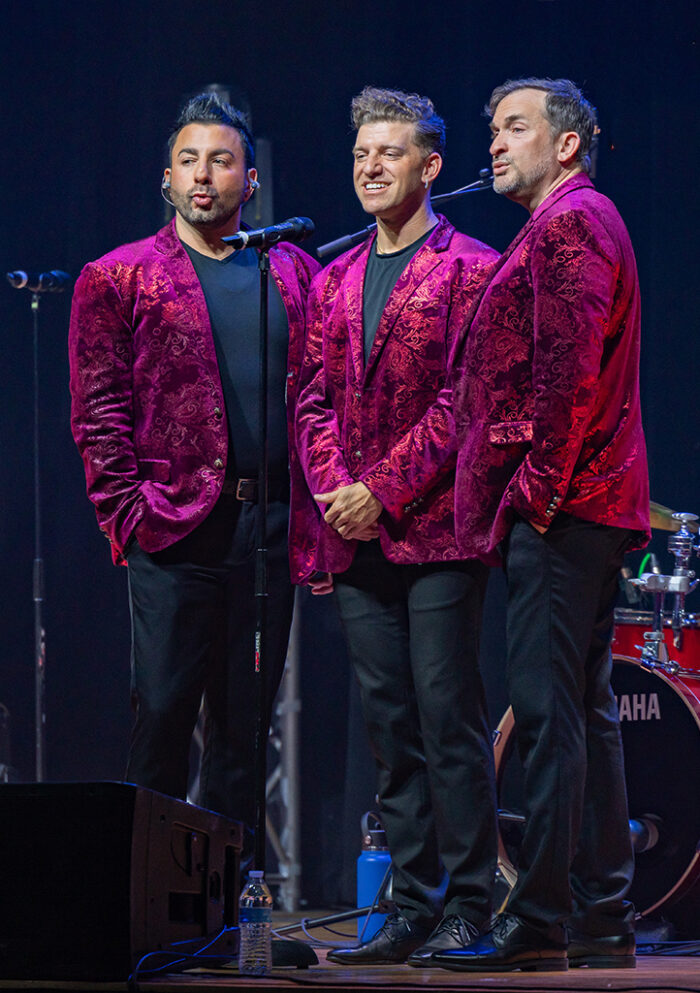
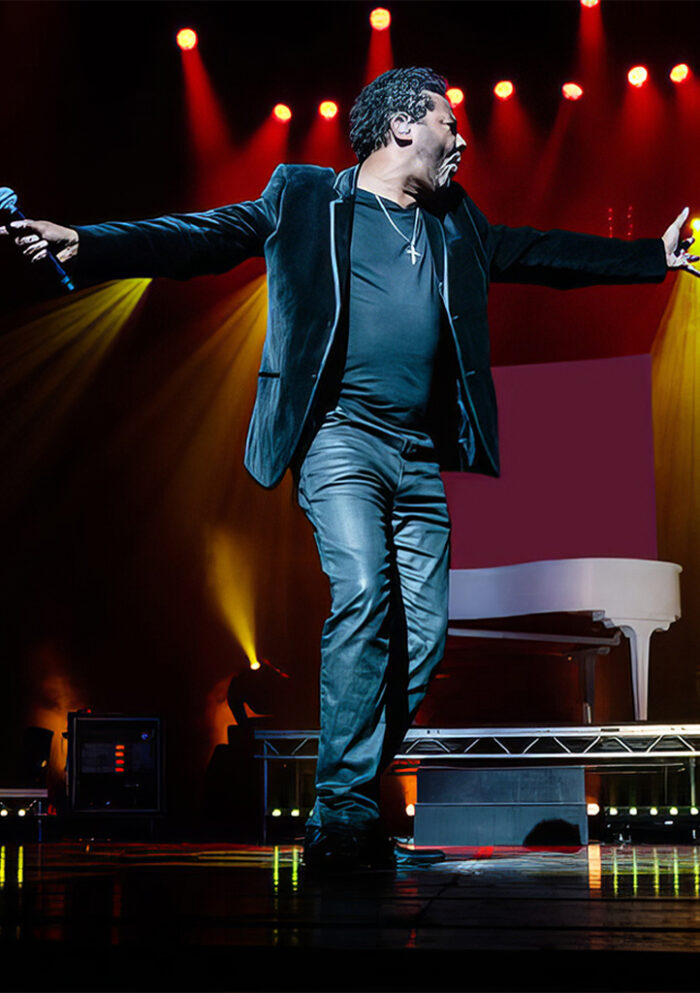

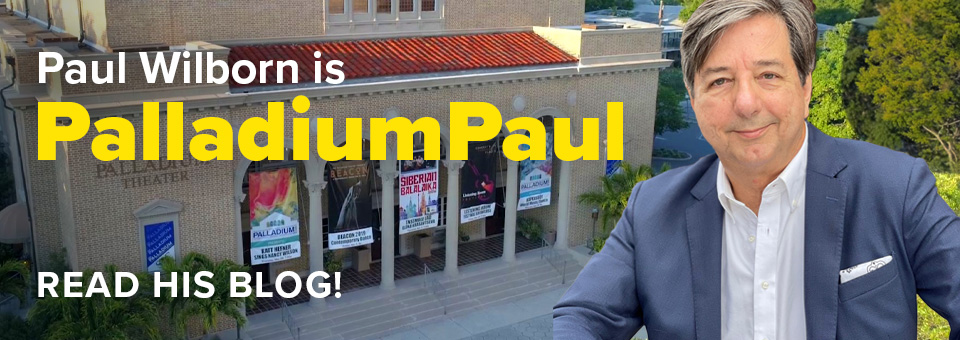


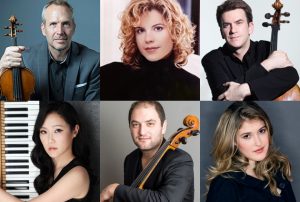
Leave a Reply